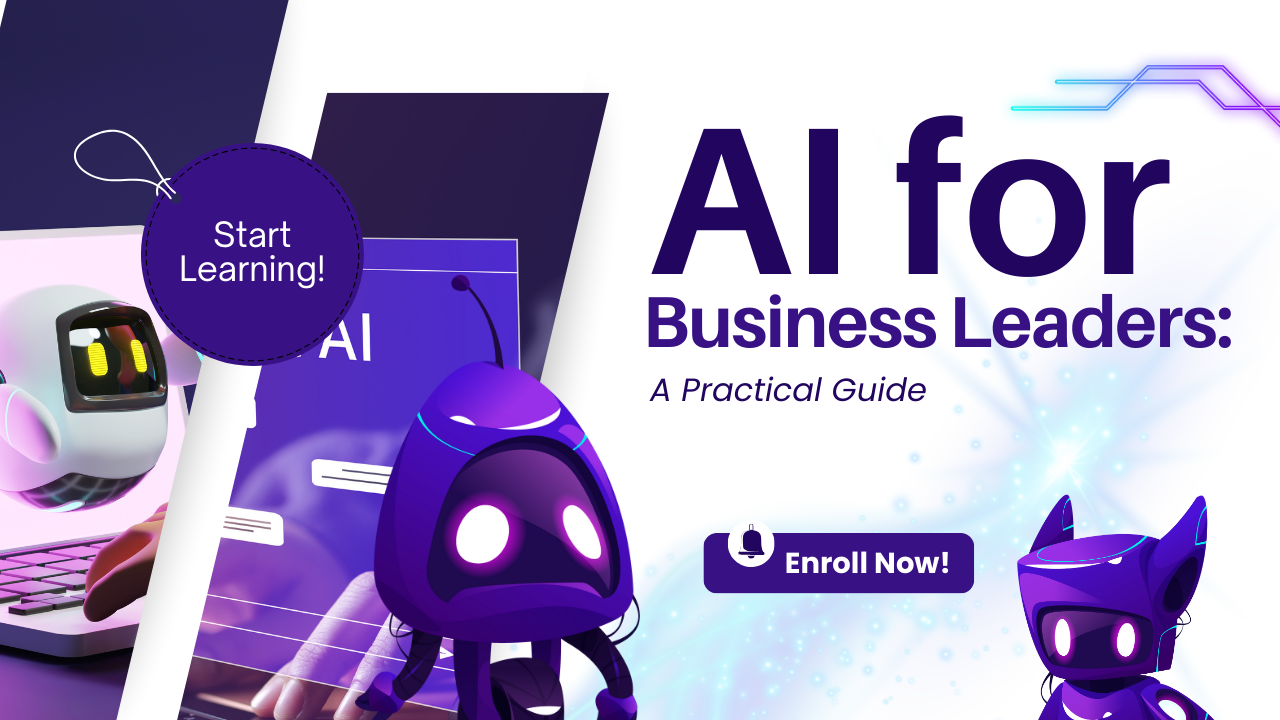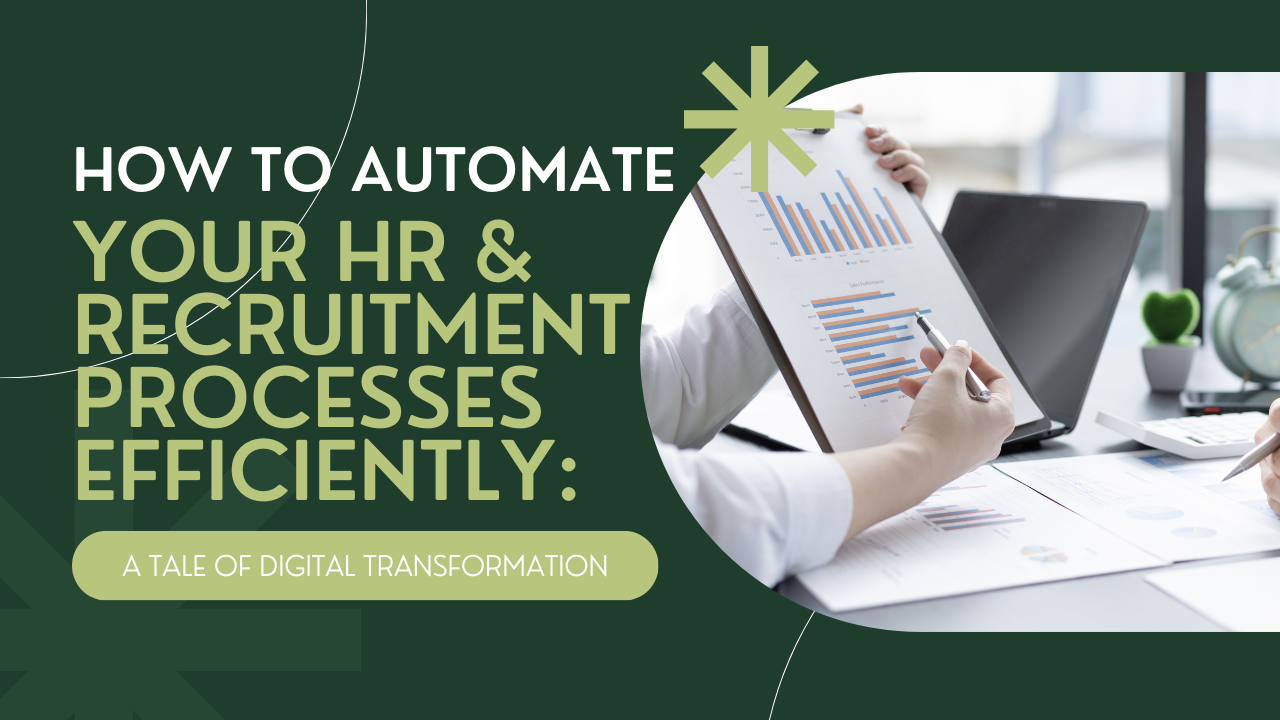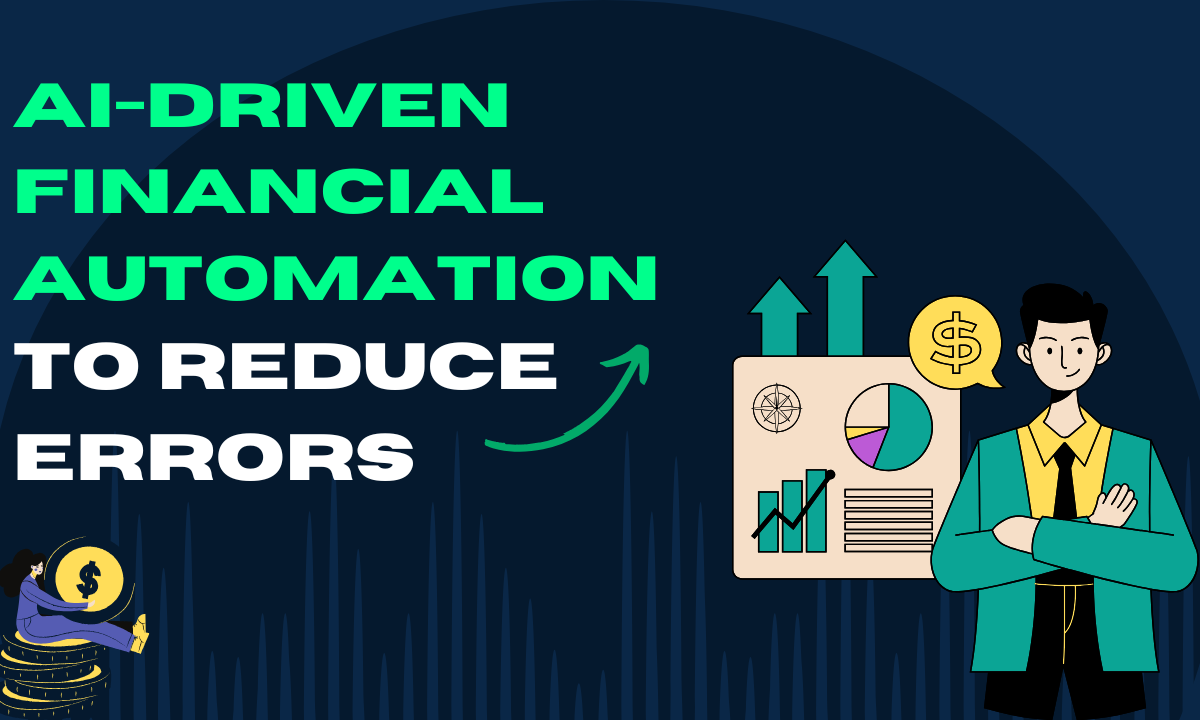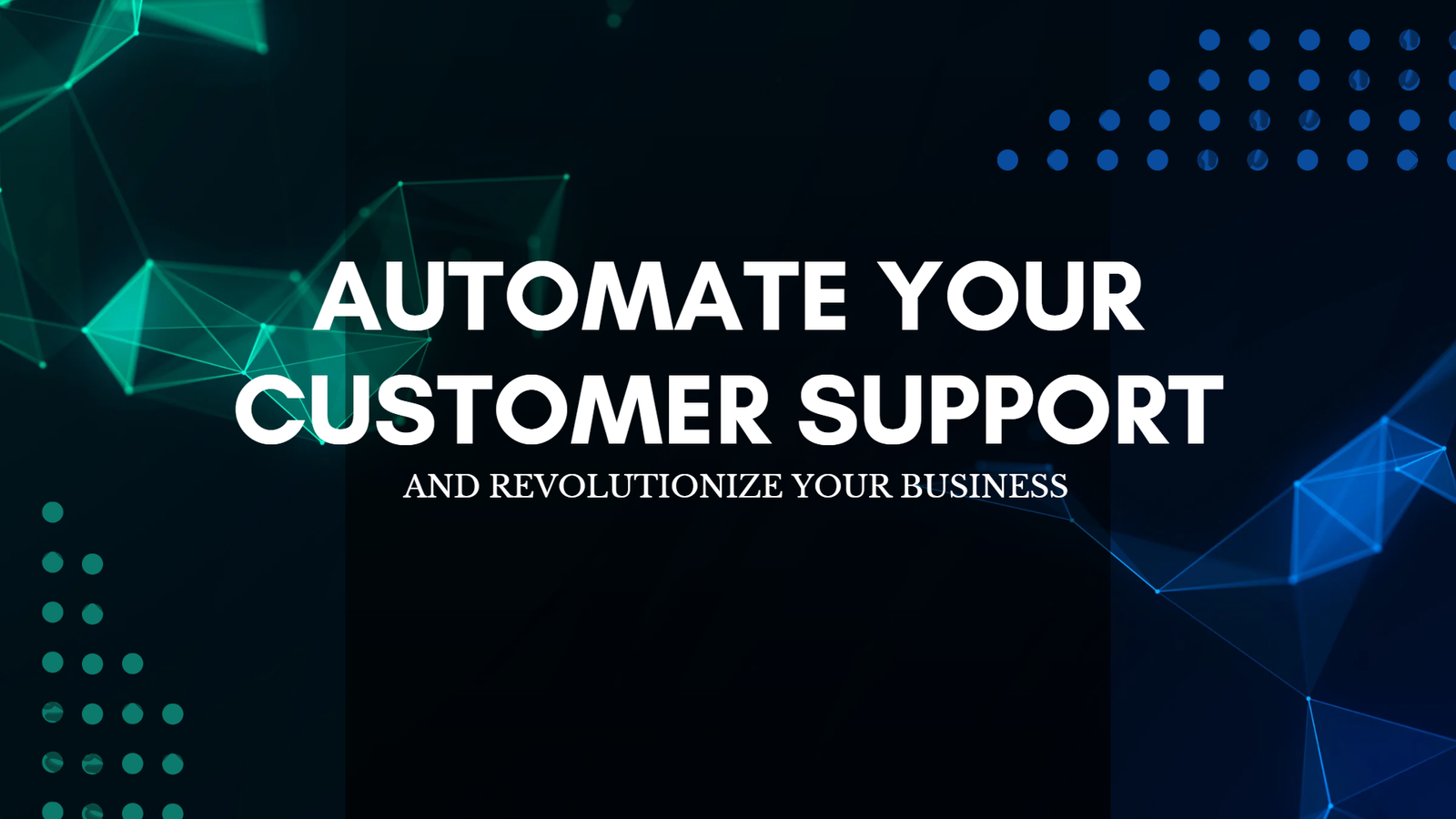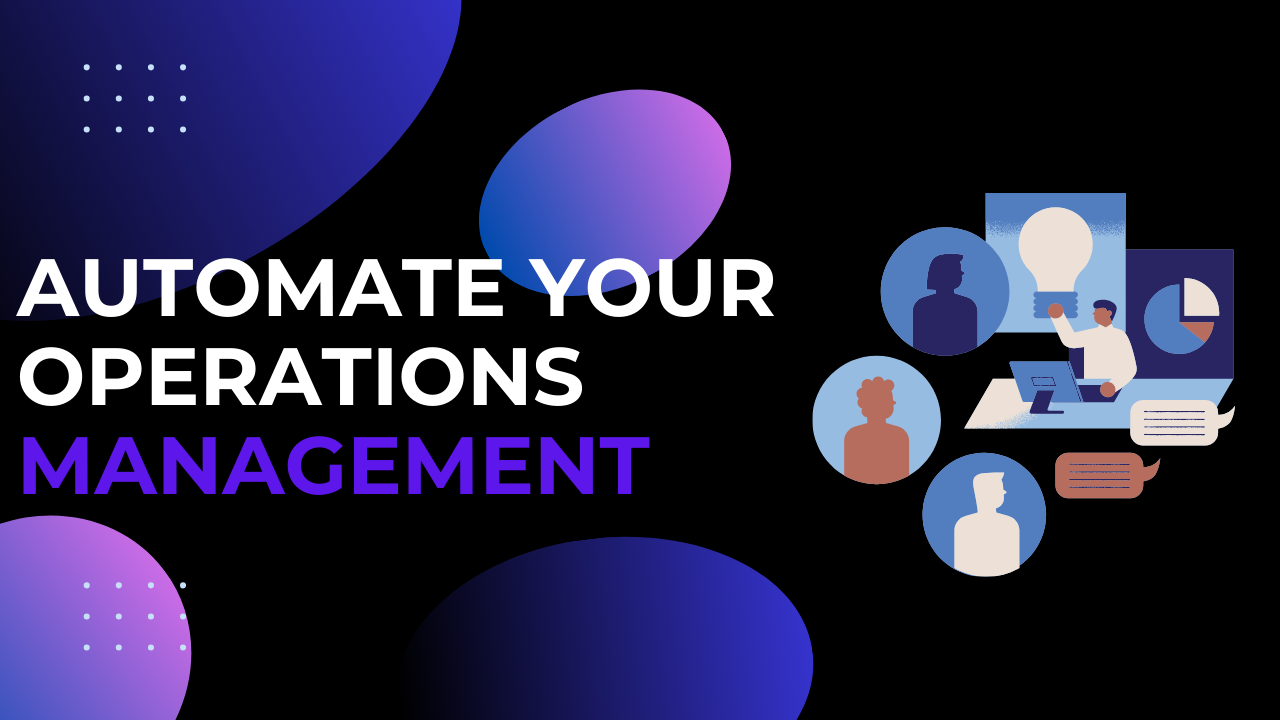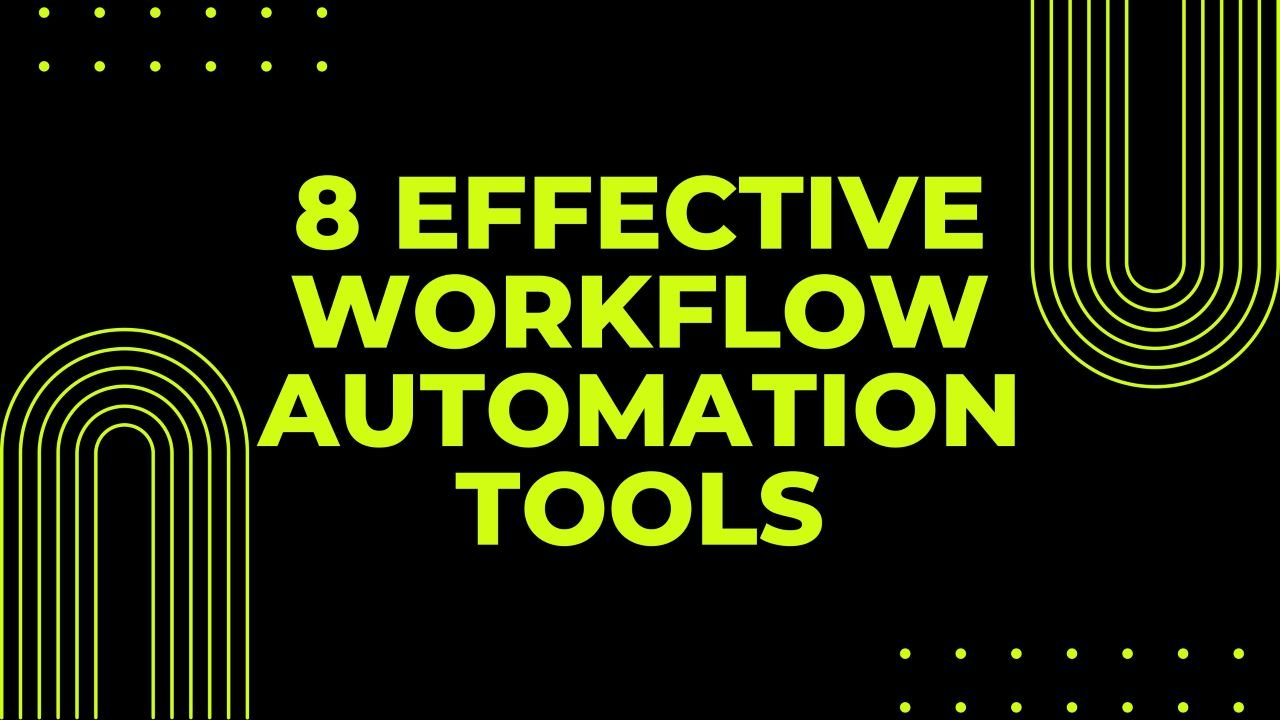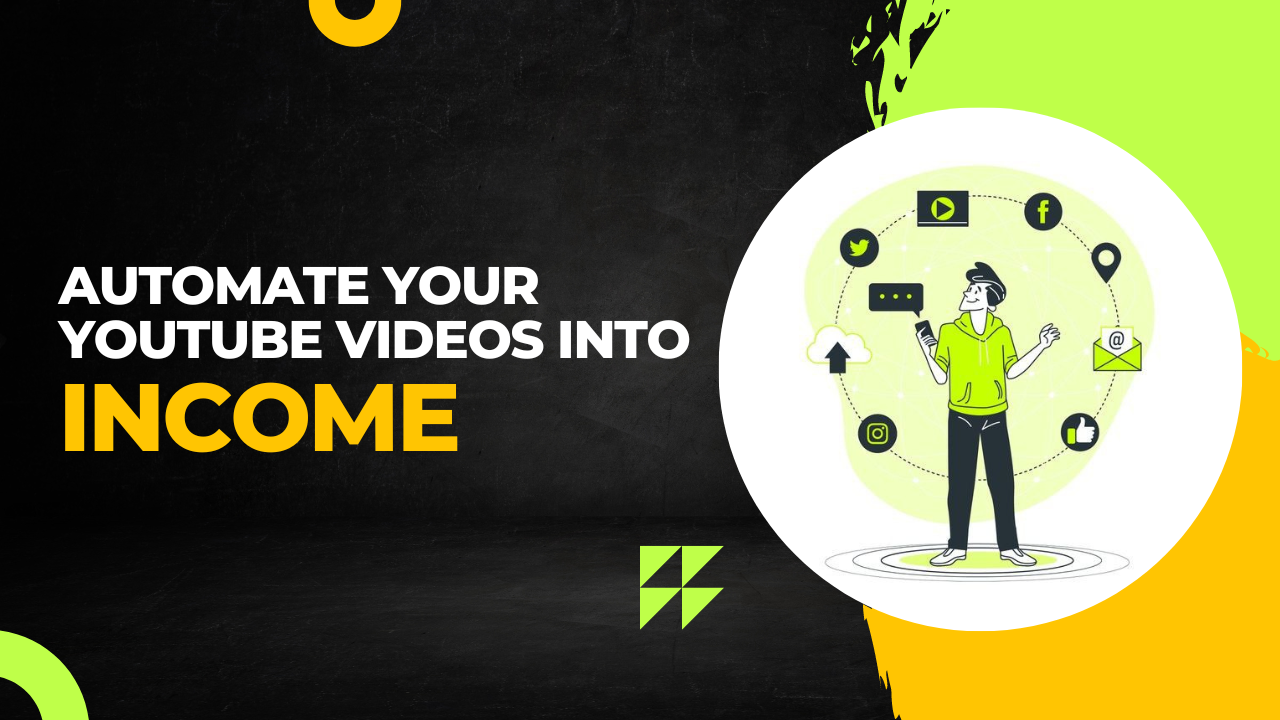In the bustling offices of TechFin Solutions, Sofie Chen, the newly appointed Head of HR, faced a familiar challenge. The company was scaling rapidly, aiming to hire 100 new employees in the next quarter, but their HR processes were stuck in 2010. Papers were scattered across desks, recruitment workflows were manual, and the onboarding process was becoming a bottleneck. This is a story of how Sofie transformed her HR department through automation and artificial intelligence, and how you can do the same for your organization.

The Breaking Point: When Manual HR Processes No Longer Scale
It was a Monday morning when Sofie received an urgent message from the CEO: “We need to scale our team faster while maintaining quality. What’s your plan?” Looking at her desk covered in resumes and employee documentation, Sofie knew something had to change.
The challenges were clear:
- Processing over 1,000 applications manually
- Managing employee data across multiple spreadsheets
- Coordinating interview scheduling with team leaders
- Handling paperwork for new hires
- Tracking employee performance and engagement
Sofie quickly realized that the traditional manual processes were no longer feasible as the company grew. She needed to find a solution that would scale with the business, streamline HR operations, and reduce the overwhelming workload.
The Digital Revolution: Mapping the Automation Journey
Step 1: Understanding the Automation Landscape
Sofie began researching HR automation tools, determined to find solutions that could address the company’s pressing issues. She discovered a variety of platforms designed to simplify HR tasks and improve efficiency. She divided her search into three main categories of HR automation tools:

Applicant Tracking Systems (ATS)
ATS platforms were an essential starting point for Sofie. They could automate the recruitment process, from posting job openings to managing candidate pipelines.
- Workday Recruiting: A robust tool that integrates well with other Workday solutions, ideal for large-scale recruiting.
- Greenhouse: Known for its flexibility and ease of use, Greenhouse helps automate workflows from job requisitions to candidate offers.
- Lever: An ATS platform that simplifies collaboration across teams, from recruiters to hiring managers.
- iCIMS: A comprehensive recruiting platform with a wide array of integrations.

HR Management Systems (HRMS)
Next, Sofie explored HRMS platforms, which help manage employee data and HR tasks beyond recruitment.
- BambooHR: A user-friendly platform for small to medium-sized businesses, offering features like employee record-keeping, payroll, and performance management.
- Rippling: Known for its ability to manage both HR and IT processes, Rippling can automate everything from employee onboarding to payroll and benefits management.
- Namely: A comprehensive platform for small to mid-sized businesses, with a focus on simplicity and usability.
- Personio: A complete HR software that automates recruitment, performance management, and payroll for growing companies.

AI-Powered Recruitment Tools
With AI increasingly becoming a key player in recruitment, Sofie investigated AI-powered tools that could enhance the hiring process.
- HiredScore: AI-driven software that analyzes resumes and ranks candidates based on job fit.
- Pymetrics: A platform that uses neuroscience and AI to assess candidates’ cognitive and emotional abilities.
- HireVue: Combines video interviews with AI to assess candidates’ responses and fit for the role.
- Ideal: Uses AI to automate resume screening, candidate ranking, and even pre-screening assessments.

Step 2: The Implementation Strategy
Armed with a list of potential tools, Sofie developed a three-phase approach to transform TechFin’s HR operations. She decided to start small, focusing on the most critical areas, and scale as the company’s HR processes became more efficient.

Phase 1: Recruitment Automation
Sofie’s first priority was to automate the recruitment process, a major pain point for the company. To start, she integrated an Applicant Tracking System (ATS) into their existing HR workflow. The ATS helped automate resume screening, candidate communication, and interview scheduling, leading to massive improvements in efficiency.
Resume Screening
The AI-powered tools embedded in the ATS began to scan resumes for relevant skills and experience. Machine learning algorithms ranked candidates based on job fit, and keyword matching automatically identified top prospects. What once took hours to manually sift through resumes now took minutes.

Candidate Communication
Automated emails were set up to keep candidates informed at every stage of the recruitment process, from application receipt to interview scheduling. AI-powered chatbots handled initial candidate queries, providing immediate responses to frequently asked questions. Automated interview scheduling through calendar integration ensured that interview times were coordinated efficiently.
Phase 2: Onboarding Optimization
After successfully automating recruitment, Sofie turned her focus to onboarding. She knew that the company’s rapid growth meant new hires needed to be onboarded quickly and efficiently. TechFin needed a system that would ensure compliance with legal documentation, provide a smooth experience for new employees, and integrate with other HR systems.

Digital Documentation
Sofie implemented an electronic signature solution, such as DocuSign, to streamline document collection for offer letters, contracts, and other paperwork. Automated document generation tools created contracts and onboarding materials instantly. With cloud-based document storage, HR staff could easily access employee records without rummaging through physical files.

Training Management
To ensure that new hires were up to speed quickly, Sofie integrated a Learning Management System (LMS). The LMS automatically assigned training modules, tracked progress, and sent completion notifications. The system ensured that no steps in the training process were missed, and it gave managers real-time insight into how quickly new hires were ramping up.

Phase 3: Employee Management Automation
With recruitment and onboarding processes automated, Sofie shifted her focus to employee management. This included automating performance management, leave requests, and other employee-related processes.
Performance Management
Sofie implemented an automated performance review scheduling system that streamlined the performance management cycle. Employees set digital goals, tracked progress, and received real-time feedback. HR staff could generate reports on performance metrics instantly, without having to manually compile data from multiple sources.
Leave Management
To reduce the administrative burden of leave management, Sofie introduced a self-service portal for employees to submit leave requests. Automated approval workflows ensured that team leaders were notified immediately when a request was made, and leave balances were tracked automatically. Integrated time tracking made it easy to monitor employee hours and time off.
The AI Revolution: Leveraging Artificial Intelligence in HR
As Sofie’s journey continued, she discovered that AI could add even more value to HR processes. AI tools were increasingly embedded into HR software, allowing for deeper insights and more sophisticated automation.
AI Applications in Recruitment
Candidate Screening
Sofie integrated Natural Language Processing (NLP) into the recruitment process, enabling the software to analyze resumes in greater detail. NLP could understand nuances in language, helping the system identify the most qualified candidates even when resumes didn’t strictly match keywords.

Interview Process
AI tools like HireVue allowed for video interviews, where the software could analyze candidates’ responses and assess their fit for the role. Machine learning algorithms could assess tone, language, and even facial expressions to determine whether candidates had the right personality traits for the job.

AI in Employee Management
Predictive Analytics
Sofie found that AI-powered predictive analytics could provide insights into employee performance and retention. By analyzing historical data, AI could forecast which employees were at risk of leaving and which were likely to perform well in the future. This allowed HR to take preemptive action to improve retention.

Employee Experience
AI-powered employee helpdesks were implemented to provide personalized support to employees. The system could answer common questions, direct employees to the right resources, and help resolve issues faster. Sofie also implemented AI tools that monitored employee engagement, tracking sentiment through surveys and feedback to understand morale.

The Results: Measuring Success Through Data
After six months of implementation, Sofie was able to measure the success of the automation transformation:
- Recruitment Metrics
- 75% reduction in time-to-hire
- 60% decrease in recruitment costs
- 90% improvement in candidate response times
- Onboarding Efficiency
- Onboarding time reduced from 2 weeks to 3 days
- 100% compliance with documentation requirements
- 95% new hire satisfaction rate
- Employee Management
- 40% reduction in HR administrative time
- 85% increase in employee engagement
- 30% improvement in performance review completion rates

Lessons Learned: Best Practices for HR Automation
Sofie’s journey revealed several key insights that can help other HR leaders embark on their own automation journeys.

Start Small
Rather than overhauling every process at once, start with one area. Automate the most time-consuming tasks first, test the system, and refine it before moving on to the next step.
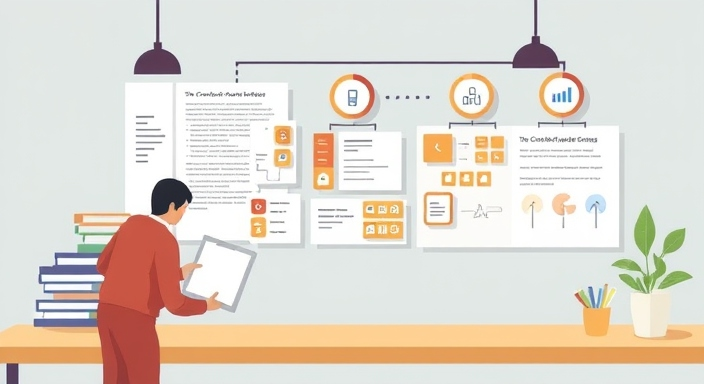
Focus on Integration
Ensure that the HR systems you choose can integrate with each other. Having a seamless flow of data between different systems is essential for smooth operations.

Prioritize User Experience
HR professionals and employees alike need to be comfortable with the new tools. Providing training, collecting feedback, and ensuring that the interfaces are user-friendly will be critical for adoption.

The Future of HR Automation
As Sofie looks ahead, she sees several emerging trends that will shape the future of HR automation:
Artificial Intelligence
- Advanced predictive analytics will allow HR teams to forecast performance and retention with even greater accuracy.
- Natural Language Processing will continue to improve, allowing systems to understand even more complex language in resumes, cover letters, and communications.
- Enhanced decision-making capabilities will allow HR to use AI to optimize everything from recruitment to talent management.

Employee Experience
- Personalized employee journeys will allow organizations to cater to individual needs, from onboarding to performance management.
- Remote work optimization will be a major focus, with HR tools integrating seamlessly with virtual collaboration platforms.
For HR professionals looking to stay ahead, the automation journey is only beginning. By embracing the digital revolution, organizations like TechFin Solutions are setting themselves up for success in the competitive talent landscape of the future.
Key Takeaways
- HR automation saves time and reduces errors in critical processes.
- Implementing AI can enhance recruitment accuracy and improve employee experience.
- Data-driven insights allow HR to make informed decisions about talent and performance.
Ready to explore the future of HR? Start your automation journey today!

